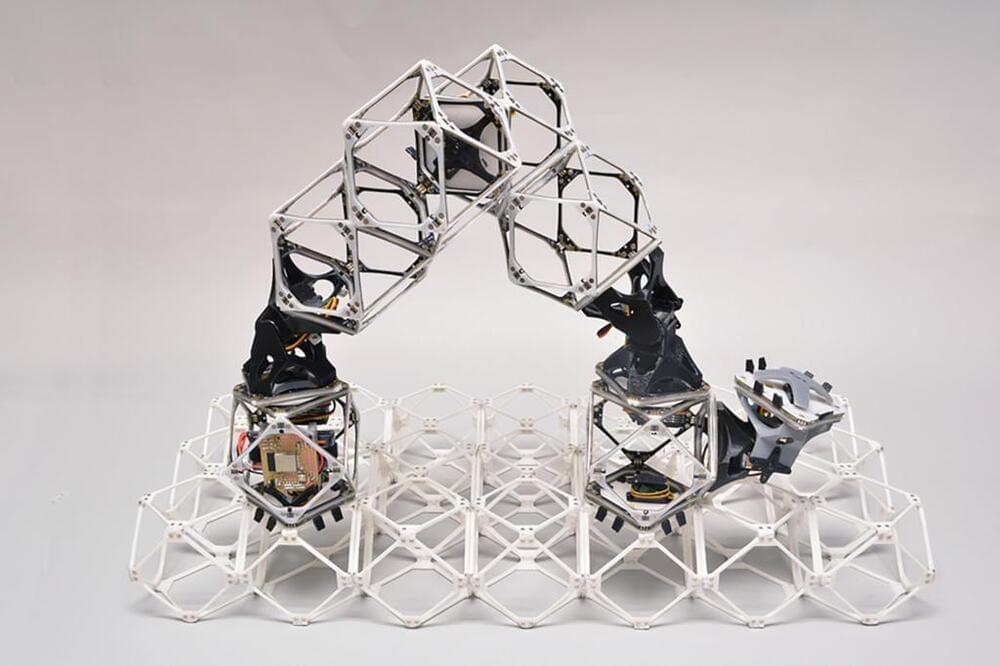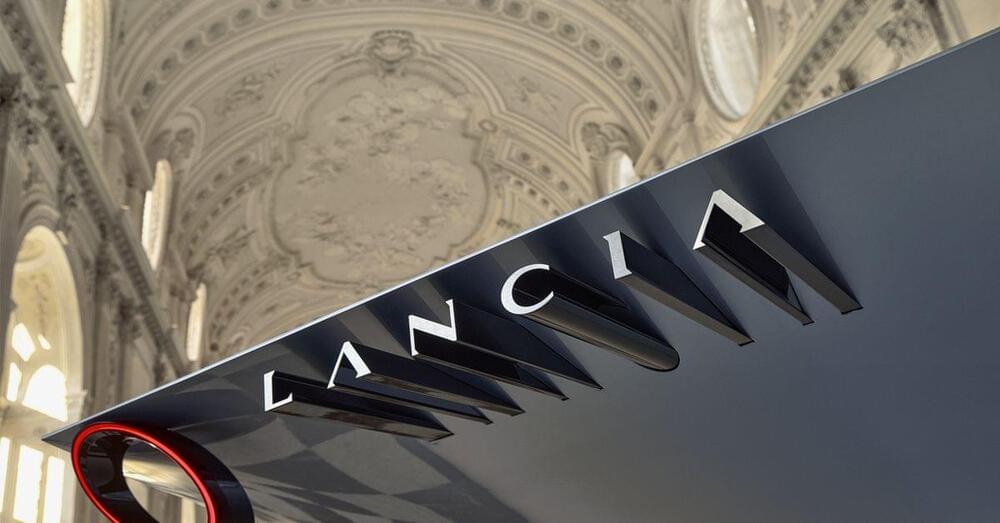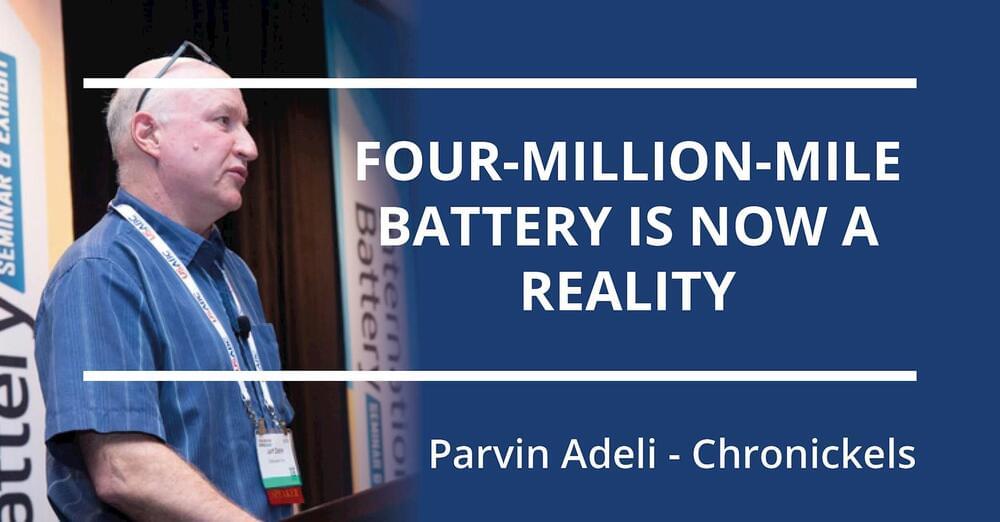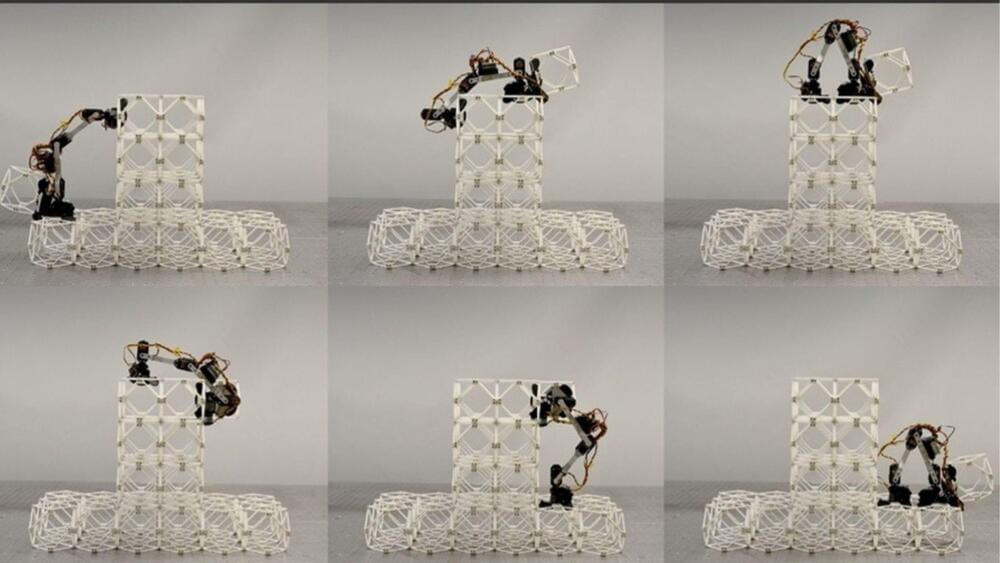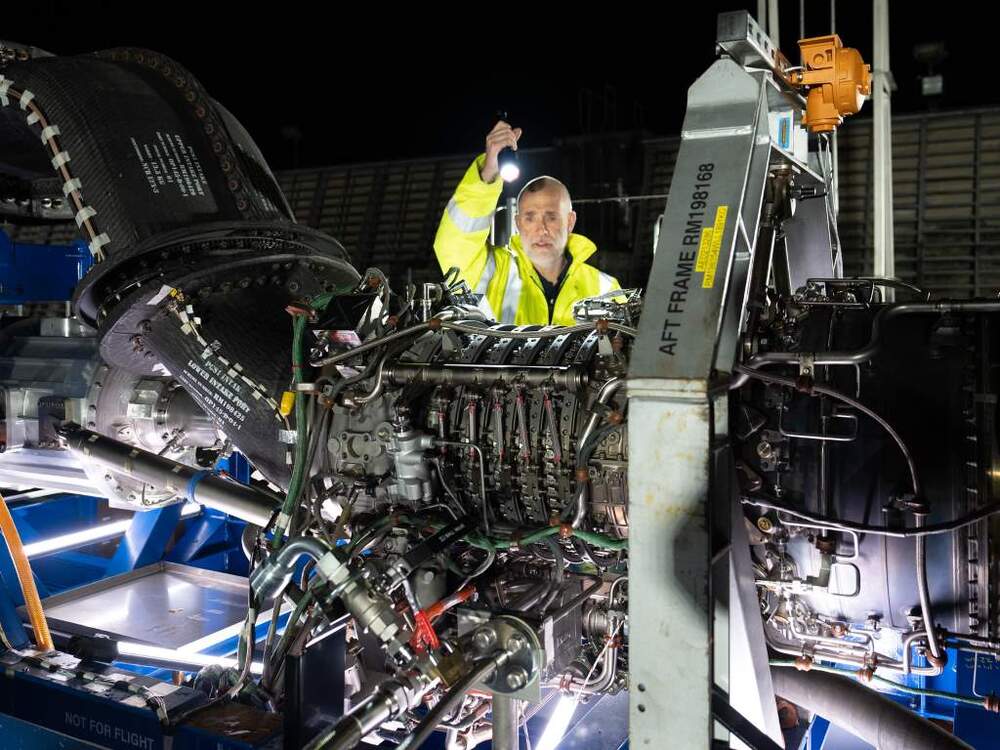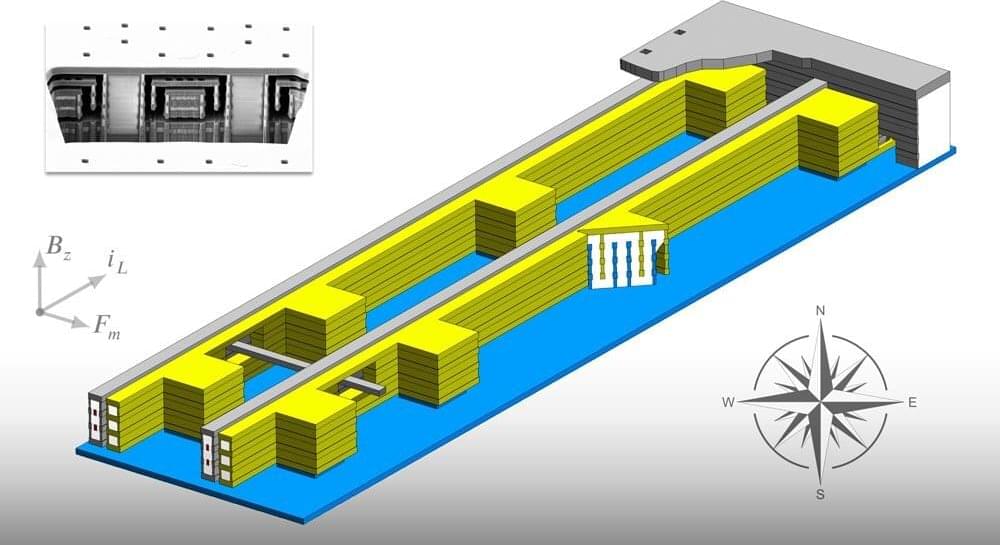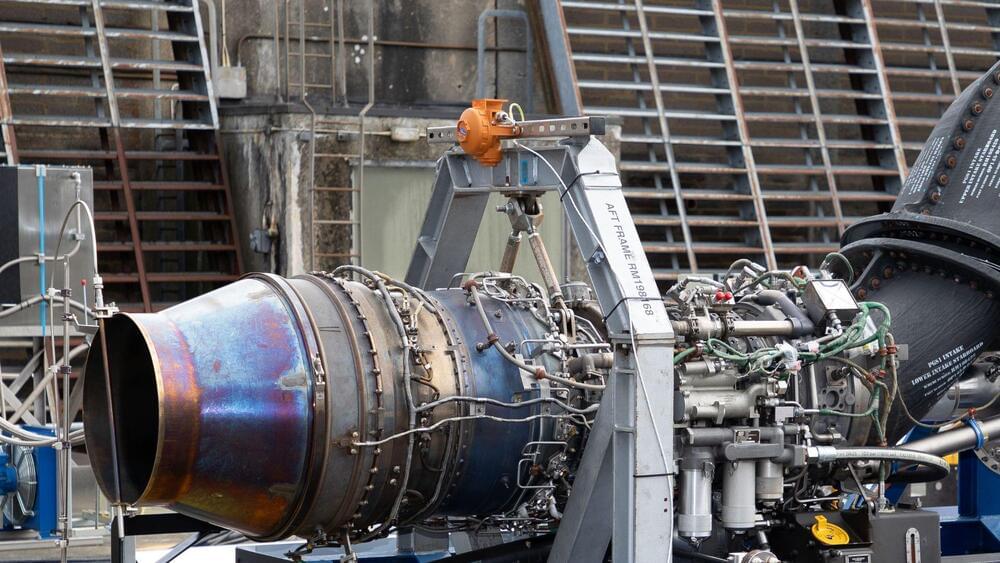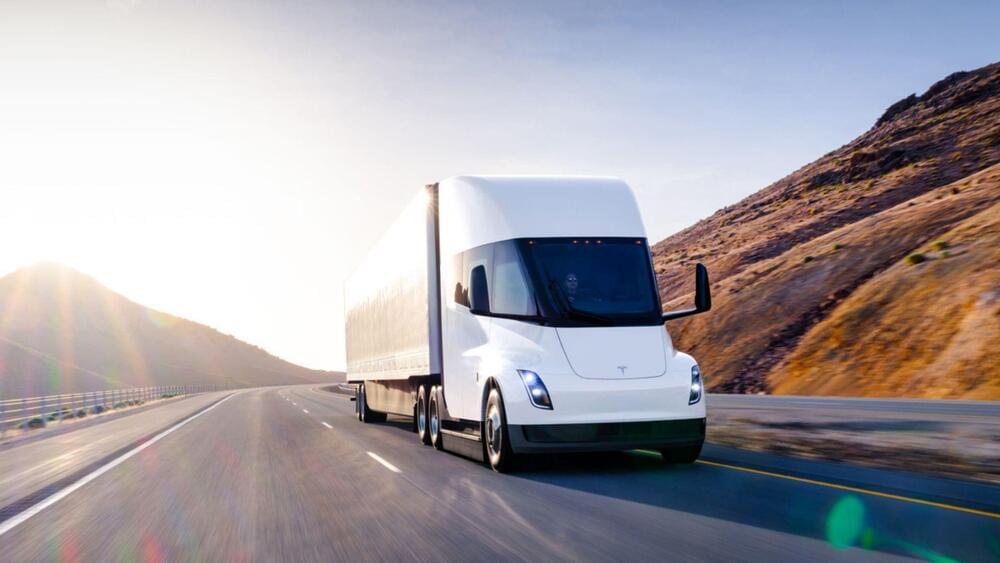Dec 1, 2022
MIT researchers creating robots that give birth to other robots
Posted by Genevieve Klien in categories: particle physics, robotics/AI, transportation
Massachusetts Institute of Technology (MIT) researchers are building swarms of tiny robots that have built-in intelligence, allowing them to build structures, vehicles, or even larger versions of themselves.
The subunit of the robot, which is being developed at MIT’s Center for Bits and Atoms, is called a voxel and is capable of carrying power and data.
“When we’re building these structures, you have to build in intelligence,” MIT Professor and CBA Director Neil Gershenfeld said in a statement. “What emerged was the idea of structural electronics — of making voxels that transmit power and data as well as force.”
